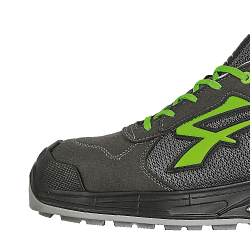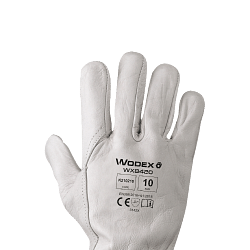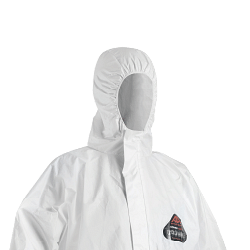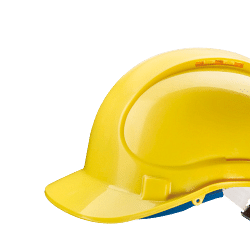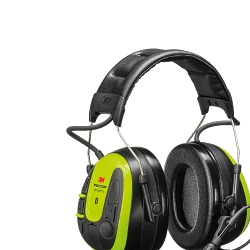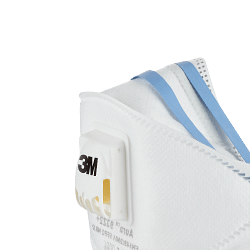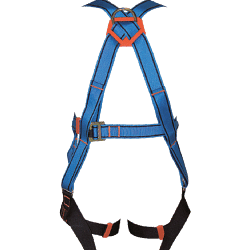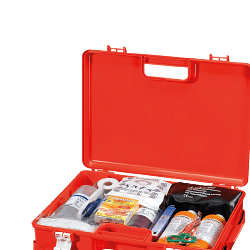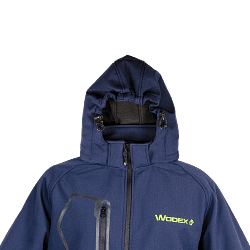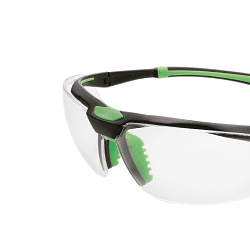Register and use the discount code NEWWELCOME to get 10% off on your first purchase. GET DISCOUNT.
Register and use the discount code NEWWELCOME to get 10% off on your first purchase. GET DISCOUNT.
Register and use the discount code NEWWELCOME to get 10% off on your first purchase. GET DISCOUNT.
Free shipping in 24h from 200€
Catalogues
Customer service
How can we help you?
- Faq
- Customer service
02.927371
- Supporting big orders
02.38298620
-
info@linkindustrialtools.it
- Request assistance with form
Or contact us with the chat in the lower right corner
- All products
 Integral cutting tools
Integral cutting tools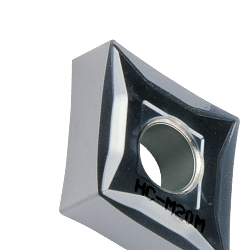 Turning tools
Turning tools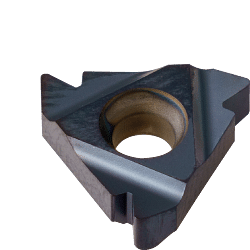 Thread tools
Thread tools Thread tools
Thread tools- All products
- Thread inserts
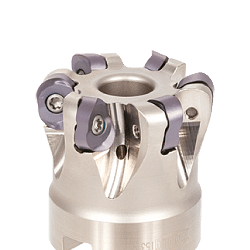 Milling cutters
Milling cutters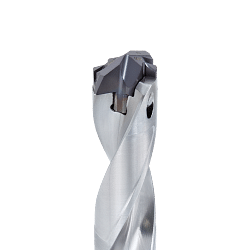 Drilling tools
Drilling tools Drilling tools
Drilling tools- All products
- Indexable drill bits
- Indexable drill heads
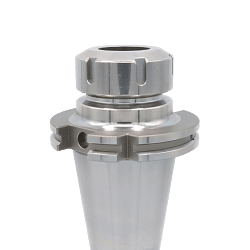 Clamping systems
Clamping systems Measuring and precision tools
Measuring and precision tools Measuring and precision tools
Measuring and precision tools- All products
- Digital calipers with readings to 0.01
- Analogue calipers
- Digital micrometers
- Analogue micrometers
- Bore gauges
- Snap gauges
- Digital gauges
- Analogue gauges
- Touch probes
- Zero setters and edge finders
- Inspection plates
- Altimeters
- Height gauges
- Squares and levels
- Threaded rings
- Gauge blocks
- Calibrated tapes and thickness gauges
- Digital and analogue hardness testers
- Roughness testers
- Microscopes, lenses and visors
- Digital thermo-hygrometer to measure moisture
- Reset benches
- Optical profile projector
- Professional, digital dynamometers
- Laboratory scales
- Digital amperometric pliers
- Thickness and adhesion gauges
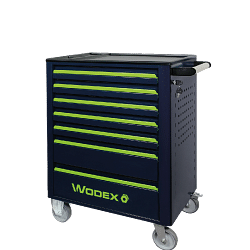 Hand tools
Hand tools Hand tools
Hand tools- All products
- Combination wrenches
- Spanners
- Hook wrenches
- Tubular wrenches
- Hexagon keys
- Torx wrench
- Socket wrenches
- Screwdrivers
- Torque wrenches
- Torque screwdriver
- Inserts and bits for screw drivers
- Tool trolleys
- Workshop pliers
- Wire strippers
- Cable strippers
- Cutting nippers
- Professional scissors
- Nippers
- Professional shears
- American or Swedish pipe wrench
- Adjustable wrench
- Pipe tools
- Pipe cutter for plumber
- Cutter
- Hacksaws
- Deburring tools
- Chisels
- Hammers and mallets
- Mechanical and conical pullers
- Clamps
- Tap wrenches and die stocks
- Riveters
- Flexometers
- Tape measures
- Markers
- Flat squares and rulers
- Professional dividers
- Professional protractors
- Brushes
- Lubricators and spray nozzles
- T-wrenches
- Reversible ratchets
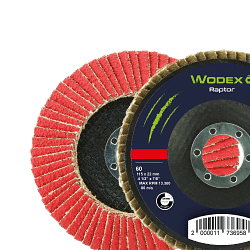 Abrasives
Abrasives Abrasives
Abrasives- All products
- Cutting discs
- Deburring grinding wheel
- Flap discs
- Fabric discs for surface treatment
- Abrasive fibre discs with Velcro
- Abrasive cloth in rolls, sheets and bands
- Flap wheels with pin and abrasive wheel with hole
- Abrasive wheels for buffing machines
- Abrasive spiral bands
- Abrasive brushes
- Flexible sanders
- Mounted grinding discs
- Polishing felt
- Solid carbide rotary cutters
- HSS rotary cutters
- Abrasive wheels for sharpening and grinding
- Diamond grinding wheels
- Grinding stone
- Diamond paste
- Abrasive stones
- Files and rasps
- Diamond files
- Grinders and polishing equipment
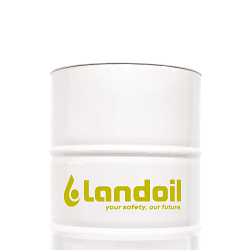 Lubricants for machine tools
Lubricants for machine tools Lubricants for machine tools
Lubricants for machine tools- All products
- Water-miscible coolants
- Neat cutting oil
- Minimal lubrication systems
- Oil for guides and slides
- Drums of hydraulic oil fluid
- Anti-freeze for machine tools
- Air coolers
- Oil separator
- Powders and absorbents for oil
- Aspirators for oil mist
- Accessories for cooling lubricants
- Metal and mould protectors
- Grease and paste
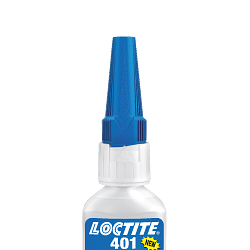 Chemical, adhesives and sealants
Chemical, adhesives and sealants Chemical, adhesives and sealants
Chemical, adhesives and sealants- All products
- Acrylic, cyanoacrylate and epoxy adhesives
- Guns and silicon sealant
- Threadlocker
- Sealants and retainers
- Release agents, lubricants and anti-seize
- Zinc spray and polishes
- Lubrication accessories
- Protections for maintenance
- Industrial Cleansing
- Handwash
- Industrial cloths and rags
- Welding machines
- Electrodes
- Clamps, shields and welding masks
- Antispatter
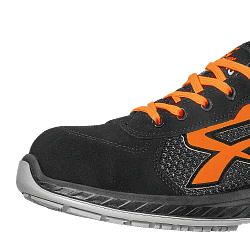 Safety equipment
Safety equipment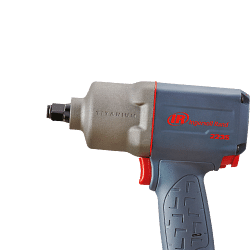 Pneumatics
Pneumatics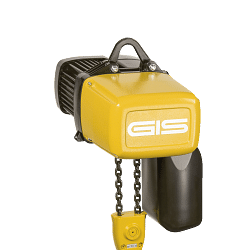 Lifting systems
Lifting systems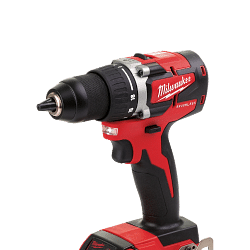 Workshop equipment
Workshop equipment Workshop equipment
Workshop equipment- All products
- Column and bench drills
- Accessories for lathes
- Band saws
- Cut-off machines
- Bench grinders
- Power tools
- Spare parts and accessories for Power Tools
- Saws and hole cutters: wood, metal and plasterboard
- Tapered cutters for sheet metal
- Industrial aspirators
- Fume aspirators
- Bench vices
- Technical lamps
- LED torches
- Industrial cable winders
- Trolley wheels
- Quick clamps
- Threaded inserts
- Control knobs
- Packaging accessories and material
- Belt sanders
- Electric tapping machines
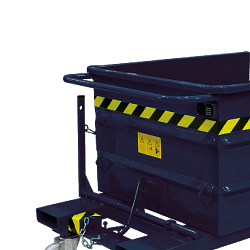 Furnishings and storage
Furnishings and storage Furnishings and storage
Furnishings and storage- All products
- Work benches
- Swivel chairs for office use
- Drawer units for workshops
- Industrial cabinets for warehouses and workshops
- Tool cabinets
- Security cabinets
- Changing room cabinets
- Containers for small metal parts
- Scrap holders
- Workshop trolleys
- Spill pallets for drum storage
- Shelves for warehouses and offices
- Cantilever shelving
- Aluminium ladders
- Modular plinths
- Units and cabinets for waste recycling
 Brand
BrandPromotions
 Bestseller
Bestseller- Catalogues
-
Catalogues
Customer service
How can we help you?
- Faq
- Customer service
02.927371
- Supporting big orders
02.38298620
-
info@linkindustrialtools.it
- Request assistance with form
Or contact us with the chat in the lower right corner
< Safety equipment
- Home
- Safety equipment
- Safety footwear
Safety footwear
Safety shoes are an essential element in ensuring the safety and protection of workers in industrial environments, such as machine shops. These personal protective equipment (PPE) are designed to prevent injuries and accidents at work by offering a combination of comfort, durability and functionality. In this in-depth look, we will explore in detail what safety work shoes are, what they are for, how they are used, the benefits of using them, and answer some frequently asked questions.
What are safety shoes?
Safety shoes are footwear designed specifically to protect workers' feet from potential hazards in the workplace. These hazards can include falling heavy objects, slippery surfaces, exposure to chemicals, cuts, punctures and electric shocks. Safety shoes are made of durable materials and have safety features such as steel or composite toecaps, non-slip soles and resistance to chemicals.
What are safety shoes for?
Safety shoes serve to protect workers from a wide range of hazards that can occur in industrial environments. Their main function is to prevent injuries to the feet, which can be caused by accidents such as falling heavy objects, exposure to hot or cold surfaces, and contact with hazardous chemicals. In addition, safety shoes provide support and comfort, reducing fatigue during long working hours.
How are safety shoes used?
The correct use of safety shoes is essential to ensure maximum protection. It is important to choose the right model according to the type of work and the specific risks present in the working environment. Shoes should be the right size to avoid discomfort and ensure adequate support. In addition, it is essential to keep the shoes clean and in good condition, replacing them when they show signs of wear or damage.
Advantages of safety work shoes
The use of safety shoes offers numerous advantages, including:
1. Protection from physical hazards: Safety shoes protect the feet from impacts, compressions and punctures, reducing the risk of serious injuries.
2. Chemical resistance: Many models are designed to withstand hazardous chemicals, protecting workers from harmful exposures.
3. Comfort and support: Safety shoes are designed to provide comfort and support during long working hours, reducing fatigue and improving productivity.
4. Slip and fall prevention: Non-slip soles help prevent accidents on wet or slippery surfaces, improving overall safety in the workplace.
5. Compliance with regulations: The use of safety shoes that comply with safety regulations is often a legal requirement, ensuring that companies meet workplace safety standards.
Frequently asked questions about safety shoes
1. What are the regulations governing safety shoes?
Safety shoes must comply with specific safety regulations, such as the EN ISO 20345 standard in Europe, which establishes minimum requirements for safety footwear. These standards define protective features such as impact resistance and protection against electrical hazards.
2. How to choose the right safety shoes?
The choice of safety shoes depends on the type of work and the specific risks present in the working environment. It is important to consider factors such as impact resistance, chemical protection, comfort and durability. Consulting safety regulations and company guidelines can help you make an informed choice.
3. How often should safety shoes be replaced?
Safety shoes should be replaced when they show signs of wear or damage, such as worn soles, damaged toes or loss of resistance to chemicals. In general, it is advisable to replace them every 6-12 months, depending on the intensity of use and working conditions.
4. Can safety shoes be used outdoors?
Yes, many safety shoes are designed for outdoor use and offer protection against adverse weather conditions, uneven surfaces and other outdoor hazards. However, it is important to choose a model that is suitable for the specific environmental conditions.
5. What are the differences between the various types of toecaps in safety shoes?
Safety shoes can have steel, composite or aluminium toecaps. Steel toecaps offer robust protection but can be heavier. Composite toecaps are lightweight and do not conduct electricity, making them ideal for environments with electrical hazards. Aluminium toecaps offer a good balance between weight and protection.
In conclusion, safety shoes are a crucial element in ensuring the safety and protection of workers in industrial environments. Choosing the right model, proper use and proper maintenance are essential to maximise the benefits of this safety footwear. Investing in high-quality safety shoes not only protects workers, but also helps improve productivity and compliance with occupational safety regulations.
Read More Read LessWhat are safety shoes?
Safety shoes are footwear designed specifically to protect workers' feet from potential hazards in the workplace. These hazards can include falling heavy objects, slippery surfaces, exposure to chemicals, cuts, punctures and electric shocks. Safety shoes are made of durable materials and have safety features such as steel or composite toecaps, non-slip soles and resistance to chemicals.
What are safety shoes for?
Safety shoes serve to protect workers from a wide range of hazards that can occur in industrial environments. Their main function is to prevent injuries to the feet, which can be caused by accidents such as falling heavy objects, exposure to hot or cold surfaces, and contact with hazardous chemicals. In addition, safety shoes provide support and comfort, reducing fatigue during long working hours.
How are safety shoes used?
The correct use of safety shoes is essential to ensure maximum protection. It is important to choose the right model according to the type of work and the specific risks present in the working environment. Shoes should be the right size to avoid discomfort and ensure adequate support. In addition, it is essential to keep the shoes clean and in good condition, replacing them when they show signs of wear or damage.
Advantages of safety work shoes
The use of safety shoes offers numerous advantages, including:
1. Protection from physical hazards: Safety shoes protect the feet from impacts, compressions and punctures, reducing the risk of serious injuries.
2. Chemical resistance: Many models are designed to withstand hazardous chemicals, protecting workers from harmful exposures.
3. Comfort and support: Safety shoes are designed to provide comfort and support during long working hours, reducing fatigue and improving productivity.
4. Slip and fall prevention: Non-slip soles help prevent accidents on wet or slippery surfaces, improving overall safety in the workplace.
5. Compliance with regulations: The use of safety shoes that comply with safety regulations is often a legal requirement, ensuring that companies meet workplace safety standards.
Frequently asked questions about safety shoes
1. What are the regulations governing safety shoes?
Safety shoes must comply with specific safety regulations, such as the EN ISO 20345 standard in Europe, which establishes minimum requirements for safety footwear. These standards define protective features such as impact resistance and protection against electrical hazards.
2. How to choose the right safety shoes?
The choice of safety shoes depends on the type of work and the specific risks present in the working environment. It is important to consider factors such as impact resistance, chemical protection, comfort and durability. Consulting safety regulations and company guidelines can help you make an informed choice.
3. How often should safety shoes be replaced?
Safety shoes should be replaced when they show signs of wear or damage, such as worn soles, damaged toes or loss of resistance to chemicals. In general, it is advisable to replace them every 6-12 months, depending on the intensity of use and working conditions.
4. Can safety shoes be used outdoors?
Yes, many safety shoes are designed for outdoor use and offer protection against adverse weather conditions, uneven surfaces and other outdoor hazards. However, it is important to choose a model that is suitable for the specific environmental conditions.
5. What are the differences between the various types of toecaps in safety shoes?
Safety shoes can have steel, composite or aluminium toecaps. Steel toecaps offer robust protection but can be heavier. Composite toecaps are lightweight and do not conduct electricity, making them ideal for environments with electrical hazards. Aluminium toecaps offer a good balance between weight and protection.
In conclusion, safety shoes are a crucial element in ensuring the safety and protection of workers in industrial environments. Choosing the right model, proper use and proper maintenance are essential to maximise the benefits of this safety footwear. Investing in high-quality safety shoes not only protects workers, but also helps improve productivity and compliance with occupational safety regulations.


